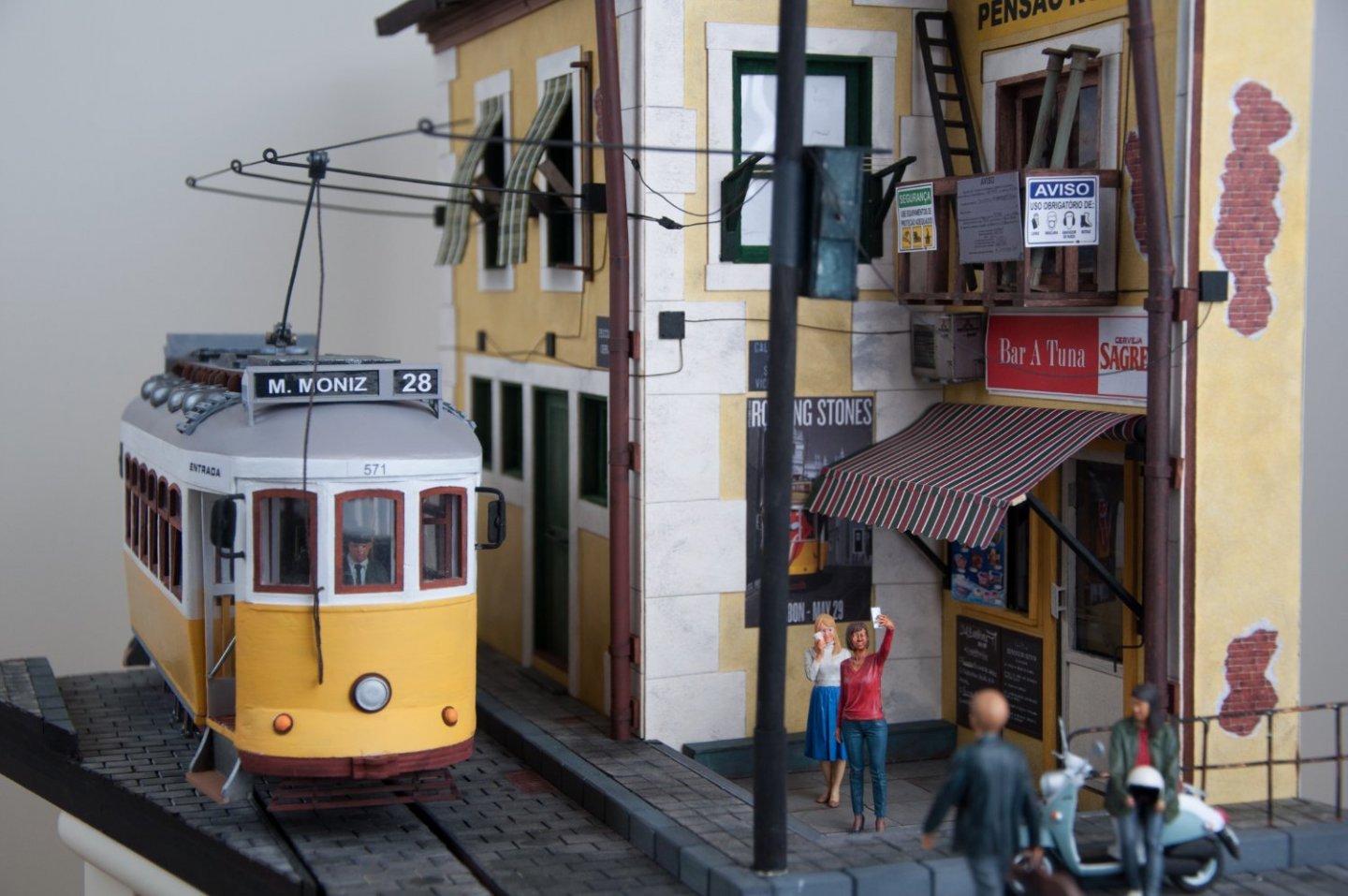-
Posts
3,526 -
Joined
-
Last visited
Content Type
Profiles
Forums
Gallery
Events
Posts posted by yvesvidal
-
-
-
For the decals "Compagnie Internationale....", you may want to use Micro-Sol if you can procure that chemical:
It works beautifully to stick the decals next to the surface and to get rid of the micro air bubbles underneath.
Yves
- Egilman, thibaultron, mtaylor and 4 others
-
 7
7
-
Kevin,
Hope you recover fast. The great weather of the islands will help you immensely.
You should also take daily some zinc and vitamin D3 to stop the replication of the virus.
And get as much sunshine on your skin as you can.
Yves
- KentM, Kevin Kenny, Ryland Craze and 2 others
-
 5
5
-
On 1/1/2022 at 4:52 AM, bolin said:
Very nice "distraction"..... Where did you get that kit? Which scale is it?
Yves
-
Definitely use a plastic cement such as Ambroid, Tamiya, Testors, UHU or Faller. The best are the liquid ones with needle applicator.
Yves
- ted99, Old Collingwood, rvchima and 1 other
-
 4
4
-
Great work. It is almost as good as a POCHER kit and I wish Italeri would not have kept that large plug under the rear section of the car.
Yves
-
WOW!! It is coming along rather nicely. The blue color is spot on. Will you spray a coat of satin clear to lock everything?
Yves
-
-
-
-
-
-
I think you are ready for full wood construction....
Yves
-
Planking of the hull is now over. Phew !!! That was a major task !
An enormous amount of sanding needs to take place but that will be for later.
Let's take a look at the instructions from CAF Model:
The above steps have all be completed, although in a different order:
- Step 5
- Step 6 verification.
- Step 4 (minus part 24 which will be glued much later on).
- Step 9 (wales)
- Step 3 (planking of the hull)
Hull has been planked and coated internally, with epoxy resin. The stern has been built (it was actually built before the planking) and the Part #25 has been glued. On the other hand, I am not placing part #24 yet, as it includes eight windows and would be automatically broken at this stage (not sure why the instructions only shows 6 windows...go figure....).
To coat the inside of the hull and protect the wood in the long term, I use an epoxy resin: easy to mix, odorless and fluid enough to be brushed inside the hull:
Planking the hull was done in a very conservative way and I would recommend this approach. The wood strips provided in the kit are not of great quality. Quite a few strips did split, providing me with two nice triangular shapes, that can come handy occasionally. Technically, the planking would require a set of 25 planks from keel to wales and three sets of planks per side (Bow, stern and side), or the equivalent of 75 planks. CAF model provides exactly 150 strips of 3x8 mm wood. Some of the planks (a small number fortunately) were 10 mm wide, some were made of a very soft wood, some made of very hard poplar or white wood. Basically a lot of disparities in the strips.
Because of that, I went with a very conservative route and tried to use as much as possible the left overs and cuts. I managed to plank the entire hull with exactly 103 strips and have 47 left of various qualities.
The next set of instructions calls for the following:
Although I have glued the rear decks, I disagree with the approach of gluing all decks at this stage and prefer to wait until the hull is completely done. After a thorough sanding of the hull, the flotation line should be marked and coppering (tiling - A) as well as a light second planking (0.4 mm thick) in the visible wood sections, should be made.
Step #9 has been done in part, as the wales (B) were glued before the start of the planking. Upper hull and channels (C) will come later (see below):
I am going to take a break on this hull, in order to try to finish the 3D printed Corvette that I have neglected for a few months. In the meantime a few pictures of where we stand:
Hope you are enjoying this massive build log.
Yves
-
- gjdale, GrandpaPhil, JeffT and 3 others
-
 6
6
-
-
I think your cat was mad for not getting enough attention. I have had many many cats and wood models, and I have never experienced such thing.
You need to spend more time with your cat :-)
Yves
-
Rod,
Thanks for the compliments. I submitted some pictures of my model to Benjamin but he probably used his own assembly for the article, for various reasons.
Yes, I am trying to finish the planking (1st layer) of Bellona and I will then go back to the Corvette and try to complete her. Wood dust and PLA parts do not mix too well.....
Yves
- mtaylor, Canute and Old Collingwood
-
 3
3
-
Thank you Allan.
Yes, Bellona was coppered later on during its active life on the oceans and I intend to do that on the model as well.
You are also correct about the armament that was modified later on and to be totally correct, the guns on the quarter decks would have to be replaced by carronades, which are not included in the kit.
There are risks that this model will never be exact, in one form or another. I think I can live with that :-)
Yves
-
-
Beautiful Model Bruce. Absolutely outstanding.
Happy New Year and many more models.
Yves
-
-
I love the sand and plants. Very nice touch.
Yves
-
Your pictures are not showing up...

Yves







Bismarck by rvchima - FINISHED - Amati - Scale 1:200 - WWII German Battleship
in - Kit build logs for subjects built from 1901 - Present Day
Posted
With liquid plastic glue, you don't even have to put glue on the parts. Do that instead:
- Clamp the parts together
- Using the brush, applicator or needle, cover the seam between parts with liquid glue.
- Wait a minute or two....
et voila. Clean, perfect welding between the parts.
Yves